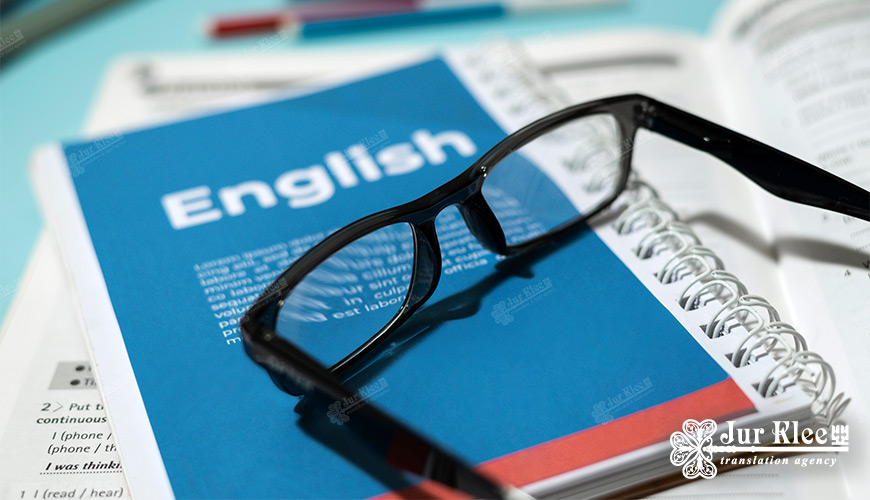
English translation. Is a native speaker check necessary?
At the opening of the new national stadium in Japan in 2019, the visitors were greeted with such inscriptions as: "Please Push the Under Button" and "Hello, Our Stadium". Huge money was spent on the construction of this stadium. Billions of dollars. However, the owners of the stadium did not bother to pay due attention to the high-quality translation into English. This fact is not surprising. Many companies, organizations, individuals do not treat the translation of the text with full responsibility until they learn about the consequences of neglecting it and the fatality of their mistakes. In Japan, a strange translation into English is not uncommon. You can find interesting phrases, two-digit words, etc. in the menu, on street signs, in documents, etc. But why in such a developed, rich country, where almost any sphere is controlled, where English is a compulsory subject in schools, translation into English is so bad. An analysis of the problem is further in the article.
About the causes of the problem
There may be several causes for the problem. The use of machine translation is one of them. Machine translation has been on the service market for a long time. During this time, the quality of translation by artificial intelligence has improved. However, it is still quite common to find complete meaninglessness in the text translated in this way. This is especially true for long texts with a large number of complex words and sentences. Machine translation allows you to quickly understand the general content of the text. However, this program is definitely not suitable for translating text that will be published elsewhere.
Trying to save money on translation, Japanese companies often instruct their employees to translate text from Japanese into English on their own. This is also often the reason for poor-quality translation of the text into English in Japan. An employee can confidently speak English, but he is not a native speaker and does not know all the subtleties of translation, which means that mistakes are inevitable. There are also situations when an employee still managed to make an accurate translation. However, after reaching this stage, he begins to think that the text is ready and neglects editing, which would improve the quality of the text, its informativeness. Such excessive self-confidence spoils the whole result.
Oddly enough, but in Japan there is such a practice as checking the translated text by a native speaker. This idea is very good. Unfortunately, not all companies adhere to it. This is due to the fact that this practice requires a waste of time and additional finances. Trying to save these resources, companies are in no hurry to use this service. As a result, a serious mistake is allowed, which can lead to fatal consequences.
For a long time in Japan, English was not a means of communication, but only a means of decoration (especially in advertising). Therefore, English was made simple and accessible to all Japanese. Accuracy, correctness of expressions in this case faded into the background. The phrase "Hello, Our Stadium" on the national stadium in Japan was most likely also created for the purpose of decoration, and not to inform.

How to avoid mistakes
By contacting the Society of Writers, Editors and Translators ("SWET"), which was founded back in 1980, you can learn more about the reasons for the poor-quality translation of signages into English. Community members confirm that all of the above factors are the causes of poor translation. In particular, the members of "SWET" highlighted such a factor as self-confidence.
The reason for frequent typos in translation is poor editing of documents before printing them. If more funds had been allocated for the review and editing of materials, the results would have been completely different. Translators from the SWET community also noted the importance of choosing a text style. English has a large number of different styles. And here the owner must immediately clearly define the purpose of the text that is being translated. This will help you choose the style and facilitate the translation.
According to writer and photographer Filbert Ono, the problem arises not only because of the quality of the English language, but also because of its quantity. Often, when translating from Japanese into English, it is necessary to resort to the procedure of text shortening. This deprives the text of many important details and therefore the translation turns out to be very concise, and sometimes even funny.
Way out of the situation: example
Japan always finds a way out of any unpleasant situation. And here is an example. One of the well-known Japanese tourism agencies, together with the print organization and "SWET" society, organized a large project that aims to improve the quality of websites, brochures, signages, etc. translated into English. The project affects absolutely all spheres of activity, and in particular tourist attractions (such as parks, museums, temples, etc.). The methodology consists in the fact that all texts in English are created exclusively by professional writers. After that, the texts are thoroughly checked and edited by native speakers. And only after that they go to print. The scale of the project is stunning. In 2019, more than three thousand high-quality texts were created. The project participants received not only high-quality translations, but also recommendations on writing and stylization of texts.
Japan has allocated a large amount of its resources to improve the quality of service provision. According to the famous writer Susan Rogers Chikuba, Japan decided to be a leader here and showed how to effectively get out of an unpleasant situation. The writer considers the created project a reasonable action of Japan. In her opinion, these are great steps towards improving life in the country and developing a successful tourism business. In this case, Japan should become an example for all countries. I really want to believe that in a few years the problem of poor-quality translation of signage into English will disappear all over the world.
